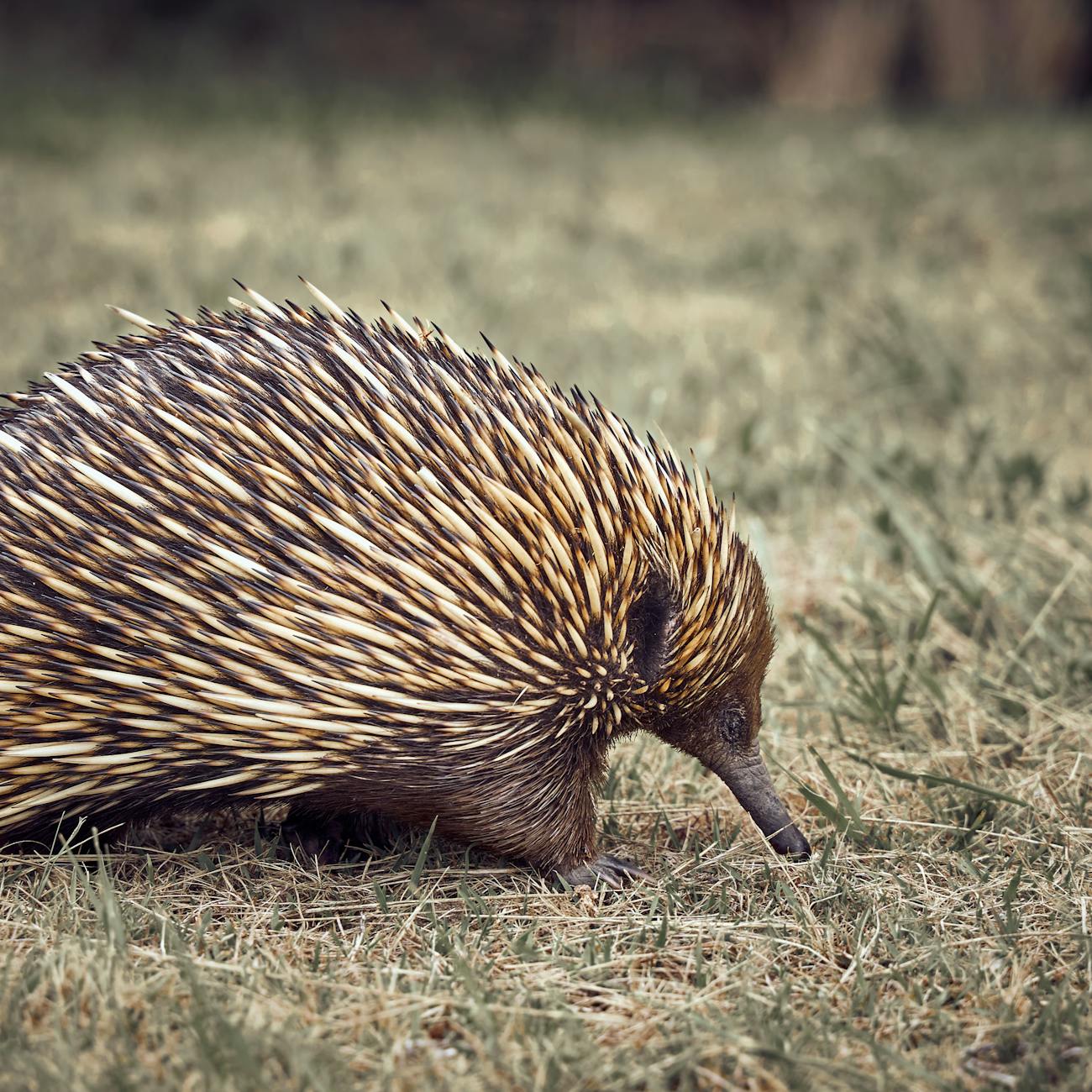
The Echidna: Unveiling the Spiny Wonder
Echidnas, often nicknamed spiny anteaters, are fascinating egg-laying mammals that share some characteristics with both mammals and reptiles. Here’s a breakdown of some common questions about these unique creatures:
1. What are echidnas and where do they live?
Echidnas are monotremes, just like the platypus, meaning they lay eggs instead of giving birth to live young. There are four species of echidnas found in Australia, Tasmania, and New Guinea, inhabiting various environments like forests, grasslands, and deserts.
2. Why are they called spiny anteaters?
Echidnas have a covering of hollow spines on their back and sides, similar to a porcupine. However, unlike anteaters, they are not closely related. They are named for their long, sticky tongue, which they use to capture ants and termites, their primary food source.
3. Do they have teeth?
No, echidnas lack teeth! They use their strong tongue and a rough surface inside their mouth to crush and grind up their insect prey.
4. How do they reproduce?
Echidnas lay a single, leathery egg after mating. The female carries the egg in a pouch (like a marsupial) on her belly until it hatches after about 10 days. The hatchling, called a puggle, remains in the pouch for several months, feeding on milk produced by sweat glands.
5. Are they good burrowers?
Echidnas are excellent burrowers, using their strong limbs and sharp claws to dig shelters for sleeping, hiding from predators, and raising their young.
6. Are echidnas endangered?
The conservation status of echidnas varies by species. Some, like the Short-beaked Echidna, are classified as Least Concern, while others, like the Long-beaked Echidna, are listed as Vulnerable due to threats like habitat loss and predation by introduced species.
Bonus FAQs:
- Do echidnas have good eyesight? No, their eyesight is weak, but they rely on their strong sense of smell to locate food.
- Are they social animals? Echidnas are mostly solitary creatures, except during mating season.
- Can they roll up in a ball like a hedgehog? While they have spines, echidnas cannot roll into a tight ball like a hedgehog. However, they can tuck their head and limbs underneath their body for protection.
We hope this FAQ helps you learn more about these spiny and fascinating egg-laying mammals!






